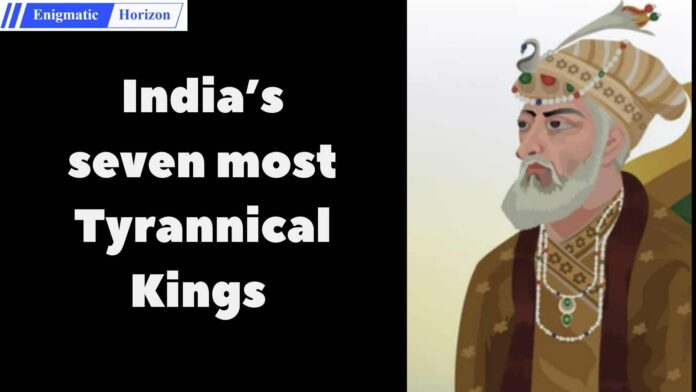India’s history is filled with a big list of fascinating rulers—some known for their wisdom and contributions, while others are remembered for their harsh, oppressive and tyrannical rule. While a big majority of kings worked hard to bring progress and prosperity, a few stand out for their cruelty, heavy taxes, religious intolerance, and authoritarian ways. In our latest article, we take a closer look at seven of the most infamous rulers in Indian history, whose reigns were utterly atrocious and were marked with nothing but tyranny and suffering.
Muhammad bin Tughlaq (1290–1351)
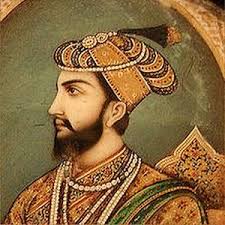
Muhammad bin Tughlaq, the Sultan of Delhi, is infamous for his erratic and often cruel decisions. His forced relocation of the capital from Delhi to Daulatabad caused immense suffering, as thousands perished during the arduous journey. His experiment with token currency led to economic chaos. He imposed harsh taxation, especially in the Doab region, which resulted in famine and mass starvation. His policies are known to have caused severe distress to the people, making his rule one of the most disastrous in Indian history.
Tipu Sultan (1751–1799)
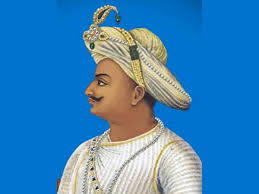
Yes, Tipu Sultan is highly celebrated by many for his resistance against the British, but at the same time his rule over Mysore was marked by religious intolerance and brutality. He forcibly converted thousands of Hindus and Christians, destroyed temples, and imposed harsh penalties on those who resisted. His campaigns in Kerala and the Malabar region resulted in widespread massacres and oppression. While he modernized his military and had significant contributions in resisting colonial rule, it was his brutal treatment of non-Muslims left a dark stain on his legacy.
Ashoka Maurya (304–232 BCE)
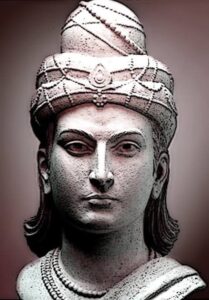
Ashoka, popularly known as Ashoka the Great, is widely remembered for his later conversion to Buddhism and efforts toward peace. However, his early reign was marked by extreme brutality. In fact, to ascend the throne, he is known to have killed many of his brothers in a ruthless power struggle. His conquest of Kalinga was one of the bloodiest wars in Indian history, and it resulted in massive deaths and suffering, which is believed to be close to about one lac. His ruthless expansionist policies led to widespread destruction. Yes, he eventually adopted a more benevolent rule, but at the same time, his initial years were characterized by extreme terror and harsh governance, which is why he was also known as Chandashoka.
Ghiyasuddin Balban (1200–1287)
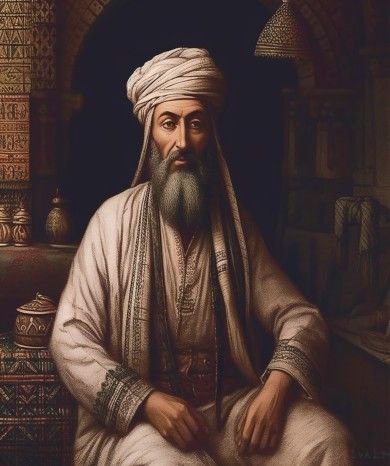
A powerful ruler of the Delhi Sultanate, Balban enforced an iron-fisted rule marked by extreme authoritarianism. He crushed rebellions with brutal force, executed nobles whom he would even mildly suspect of treason. He even went as far as implementing an extensive spy network to maintain control. His strict court discipline left no room for dissent, and his policies instilled fear among the nobility and of course, the common people. Balban elevated the prestige of the Sultanate by portraying himself as a divine ruler, adopting an image of invincibility and god-like authority. His rule was stable but was built on terror and suppression of the weak.
Alauddin Khilji (1296–1316)
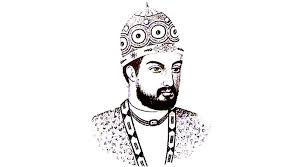
Alauddin Khilji, the second ruler of the Khilji dynasty, is remembered for his ruthless tactics and harsh economic policies. His price control system, while effective, placed an immense burden on traders and farmers. His invasions of the Deccan involved large-scale massacres and plundering. His paranoia led to widespread purges of his own nobility, and he executed anyone he suspected of disloyalty. He led massive campaigns to expand his empire, and his methods were brutal and oppressive.
Dhana Nanda (4th century BCE)
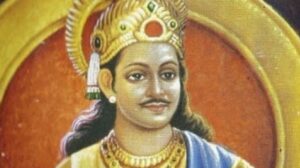
Dhana Nanda was the last ruler of the Nanda dynasty, and he reigned in the 4th century BCE. He is remembered in history as a tyrannical and oppressive ruler, known for his cruelty and heavy-handed governance. His reign was marked by widespread corruption, as he heavily taxed his people to fund lavish luxuries for himself and his court. His rule was characterized by intimidation and fear, with no tolerance for dissent or rebellion. The Nanda administration under Dhana Nanda became infamous for its brutality, often resorting to violent measures to suppress opposition. Dhana Nanda’s mismanagement and despotic ways eventually began to alienate many of his subjects, including his own aristocracy. His cruelty, combined with widespread economic distress, laid the groundwork for his eventual downfall. His rule was ultimately overthrown by Chandragupta Maurya, who, with the guidance of Chanakya or Kautilya, led a rebellion that ended the Nanda dynasty.
Aurangzeb (1618–1707)
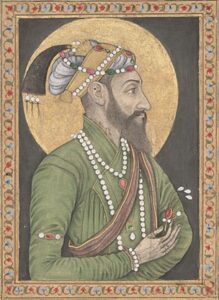
As you expected, on the last of our list, we have Aurangzeb, the last significant Mughal emperor, who is considered by many as the most tyrannical ruler in Indian history. He imposed the jizya tax on non-Muslims, destroyed numerous Hindu temples, and enforced strict Islamic laws. His policies alienated vast sections of his empire, leading to numerous revolts, including the rise of the Marathas under Chatrapati Shivaji. His relentless military campaigns drained the empire’s resources, and his intolerance eventually weakened the Mughal dynasty, which eventually lead to its downfall. Due to his oppressive rule, which had led to genocide of millions, and the rise of the Marathas, the Mughal empire started declining after Aurangzeb.
While each of these rulers had their own motivations and historical contexts, their oppressive policies and authoritarian rule led to immense suffering. India’s history, though rich in culture and grandeur, also has a lot of lessons to teach us from these rulers whose reigns were marked by fear, tyranny and oppression.
